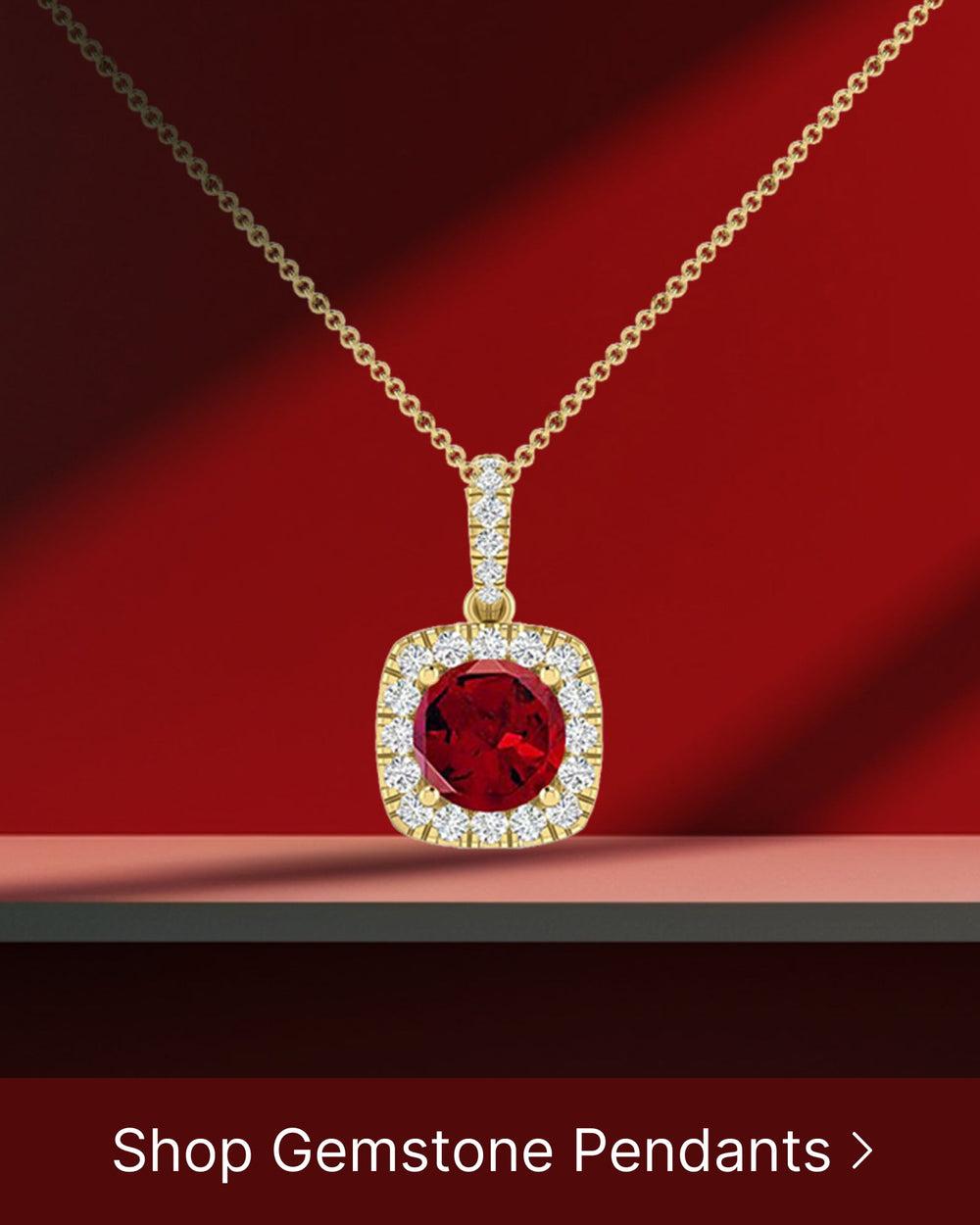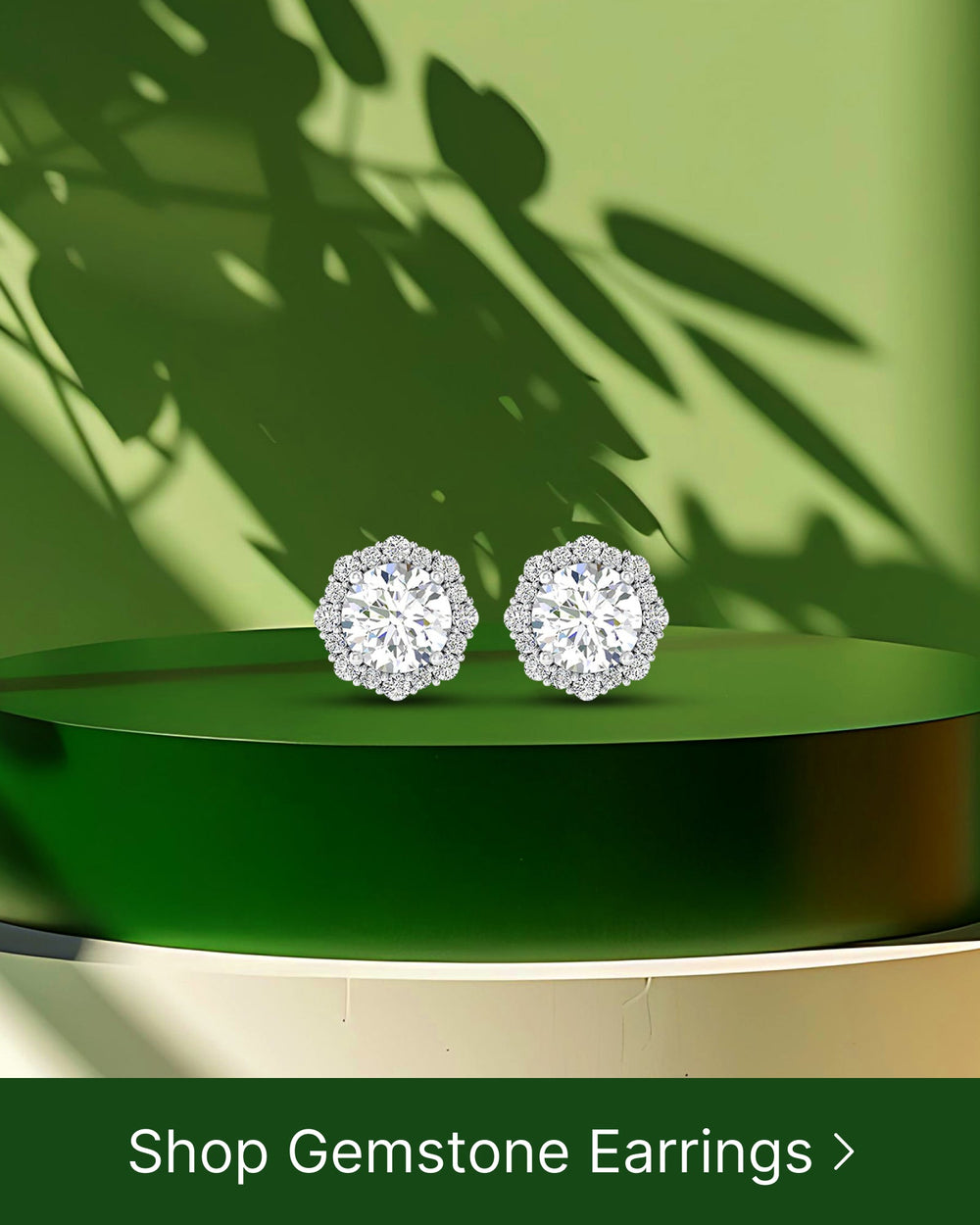When it comes to buying a diamond, one of the most important factors to consider is the carat size. Carat is a unit of weight used to measure the size of a diamond. In this article, we will delve into the intricacies of oval carat sizes and how they can impact the overall appearance and value of a diamond.
The Basics of Carat Sizes
Before we explore oval carat sizes, let's first define carat and understand why it is such an important aspect of diamond buying. Carat is derived from the carob seed, which was historically used as a unit of weight for precious stones. Today, carat is standardized and is equal to 200 milligrams.
Carat is often mistaken as a measurement of size, but it actually refers to the weight of a diamond. While carat does have an impact on the size of a diamond, it is not the only factor to consider. The cut, color, and clarity of a diamond also play crucial roles in determining its overall beauty and value.
Defining Carat and Its Importance
Carat is an integral part of the 4Cs of diamond grading, which include carat weight, cut, color, and clarity. These four factors are used to assess a diamond's quality and value. While each of the 4Cs is important, carat weight is often the first thing people consider when buying a diamond.
Carat weight can greatly influence the appearance and price of a diamond. As a general rule, larger diamonds are more expensive than smaller ones. However, carat weight should not be the sole determinant of a diamond's value. The overall quality of the stone also needs to be taken into account.
When it comes to carat weight, it is important to strike a balance. While a larger diamond may be visually impressive, it may also come with a higher price tag. On the other hand, a smaller diamond with exceptional cut, color, and clarity can still be incredibly beautiful and valuable.
How Carat Size Affects Value
When it comes to carat size, bigger is not always better. The value of a diamond increases exponentially with carat weight due to its rarity. However, other factors such as the diamond's cut, color, and clarity can outweigh the impact of carat weight on its value.
Moreover, the way a diamond is cut can make a significant difference in its apparent size. A well-cut diamond will reflect light in a way that makes it appear larger than its carat weight suggests. This is known as the diamond's visual impact, which we will delve into later in this article.
It is important to note that carat weight is not the same as diamond size. While carat weight provides a general indication of a diamond's size, it does not take into account the diamond's shape and proportions. Different diamond shapes can have varying appearances, even with the same carat weight.
For example, an oval-shaped diamond may appear larger than a round diamond of the same carat weight. This is because oval diamonds have elongated shapes that create an illusion of greater size. Similarly, a marquise-shaped diamond may also appear larger due to its elongated shape and pointed ends.
When considering carat size, it is important to take into account personal preferences and budget. Some individuals may prioritize a larger diamond, while others may value the overall quality and brilliance of a smaller diamond. Ultimately, the choice of carat size should be based on individual taste and priorities.
The Unique Characteristics of Oval Cut Diamonds
Oval cut diamonds have a distinctive elongated shape that sets them apart from other diamond cuts. This shape is often associated with elegance and sophistication, making oval cut diamonds a popular choice for engagement rings and other fine jewelry.
The History and Popularity of Oval Cut
The oval cut diamond has a rich history, dating back to the late 1950s. It was created by the renowned diamond cutter, Lazare Kaplan, who sought to create a diamond shape that combines the brilliance of the round cut with the elongated silhouette of the marquise cut.
Since its inception, the oval cut has gained popularity for its unique blend of classic and modern aesthetics. Its elongated shape gives the illusion of longer, more slender fingers when worn as a ring. Additionally, the oval cut has excellent brilliance and fire, making it a captivating choice for diamond enthusiasts.
The Anatomy of an Oval Cut Diamond
To fully understand oval carat sizes, it is essential to familiarize ourselves with the anatomy of an oval cut diamond. An oval cut diamond typically features 58 facets, including a large table and a pavilion with a point at the bottom known as the culet.
When looking at an oval cut diamond, you will notice that it has rounded ends and tapered sides. The length-to-width ratio of an oval cut diamond can vary, depending on personal preference. A higher length-to-width ratio will result in a more elongated oval shape, while a lower ratio will create a rounder appearance.
Understanding Oval Carat Sizes
When it comes to measuring oval carat sizes, it is important to note that carat weight does not necessarily correspond directly with size. Two diamonds with the same carat weight can vary in size due to variations in the diamond's cut proportions.
How to Measure Oval Carat Sizes
Measuring oval carat sizes requires the use of a calibrated scale. The weight of the diamond is measured in carats and is rounded to the nearest hundredth. It is crucial to note that carat weight alone does not determine the size of a diamond; the overall dimensions and proportions play a role as well.
The length, width, and depth of a diamond are measured in millimeters. These measurements, along with carat weight, provide a more accurate representation of the diamond's size and proportion. When comparing oval carat sizes, it is essential to consider these factors in conjunction with one another.
The Visual Impact of Oval Carat Sizes
While carat weight is an objective measurement, the visual impact of oval carat sizes can vary based on the diamond's cut proportions. As mentioned earlier, a well-cut diamond will reflect light in a way that enhances its brilliance and apparent size.
When choosing an oval carat size, it is essential to consider the diamond's cut grade. A poorly cut diamond will not maximize its potential for brilliance and may appear smaller than its carat weight would suggest. On the other hand, a well-cut diamond will showcase its size and brilliance to the fullest.
Choosing the Right Oval Carat Size
Choosing the right oval carat size is a personal decision that depends on various factors, including personal style, budget, and the desired appearance of the diamond.
Factors to Consider When Choosing Carat Size
When selecting an oval carat size, it is essential to consider your personal style and preferences. Some individuals may prefer a more substantial diamond that makes a statement, while others may opt for a more delicate and understated look.
Additionally, budget plays a significant role in choosing the right oval carat size. As carat weight increases, so does the price of the diamond. It is crucial to find a balance between size and quality that suits your budget.
Tips for Buying Oval Cut Diamonds Based on Carat Size
If you are specifically looking for an oval cut diamond, there are a few tips to keep in mind when selecting the right carat size. Firstly, consider the diamond's length-to-width ratio and how it complements the overall shape and appearance you desire.
Secondly, pay attention to the diamond's cut grade. A well-cut diamond will showcase its size and brilliance, enhancing the overall visual impact. Lastly, consider working with a reputable jeweler who can provide guidance and expert advice to ensure you find the perfect oval carat size within your budget.
The Impact of Carat Size on Diamond Settings
The carat size of an oval cut diamond can also have an impact on the choice of setting. The right setting can enhance the diamond's beauty and complement its unique characteristics.
Best Settings for Large Oval Diamonds
Large oval diamonds can be showcased beautifully in a variety of settings. A popular choice is the solitaire setting, which highlights the diamond's size and brilliance by featuring it as the centerpiece. Another option is a three-stone setting, which adds additional sparkle and visual interest.
Halo settings are also a favorite for oval diamonds, as the surrounding smaller stones create a dazzling frame that makes the center diamond appear even larger. Ultimately, the choice of setting depends on personal style and the desired look.
Best Settings for Small Oval Diamonds
For those with smaller oval diamonds, delicate and intricate settings can enhance the beauty of the stone. A pavé setting, where the band is encrusted with small diamonds, can add sparkle and create the illusion of a larger centerpiece.
Bezel settings are another excellent option, as they provide a modern and sleek look while offering protection to the diamond. The bezel setting can make smaller oval diamonds appear larger and more substantial.
In conclusion, understanding oval carat sizes is essential for anyone considering purchasing an oval cut diamond. While carat weight is an important factor, it is crucial to consider the overall quality, cut, and appearance of the diamond. By carefully selecting the right carat size and setting, you can find the perfect oval cut diamond that suits your style and budget, ensuring lasting beauty and value.






